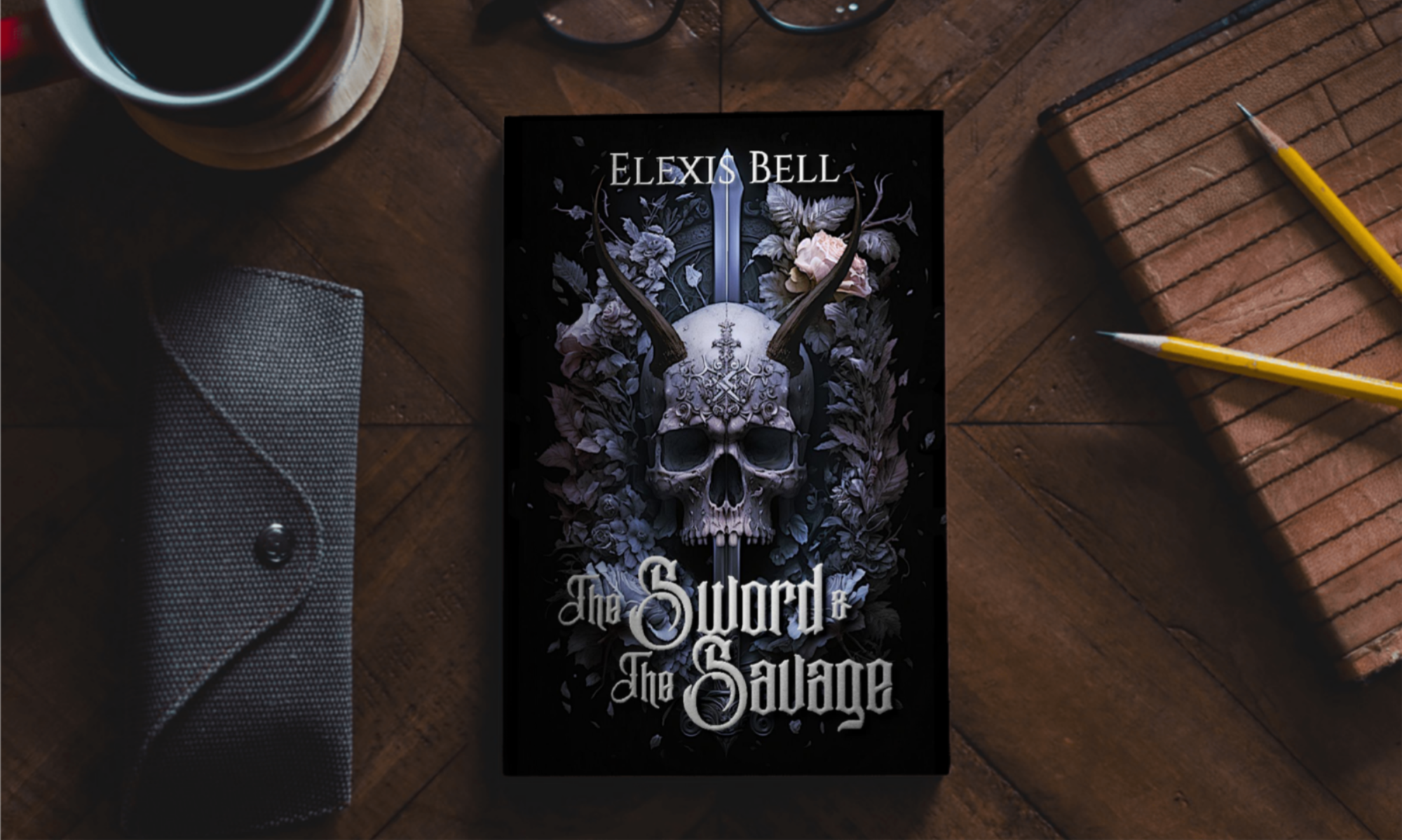There’s this piece of advice that floats around writing circles that I absolutely hate. “Write what you know.”
I hate it for a couple reasons.
For starters, it’s become a means of gatekeeping. People use it to tell people they shouldn’t write a character of a gender or sexual orientation or race that’s different from their own. People also use it to tell others not to write characters in a situation that they’ve never experienced, like mental illness or extreme poverty.
And I hate that.
It completely negates the fact that we can learn. We can do research and broaden our horizons and grow as human beings.
We can come to understand other people in ways we didn’t before, and books are a wonderful way to do that.
“Write what you know” also limits what a person can write in other ways.
If authors only ever wrote what they know, every character would be a bookworm of some sort, and the fantasy/sci-fi genres wouldn’t exist. Magic isn’t real, and aliens aren’t officially recognized as real, so no one “knows” them to write them. Same with zombies or super-advanced technology.
And then there are the hobbies and things that people could never write without first diving into them.
So, instead of, “Write what you know,” I’m an advocate for research.
For example, if a character is a mechanic, learn a little bit about cars.
It won’t hurt you to know how to change your oil. (And knowing how doesn’t mean you can’t just pay someone else to do it.) It won’t hurt you to know that if a pully on the motor is bent, it might shred the serpentine belt (over time), which fucks a lot of shit up (goodbye power steering and engine cooling, for instance).
It also doesn’t hurt to know that Stop Leak is a thing, but most mechanics would recommend replacing the head or the head gasket rather than using it because it’s more of a band-aid than an actual fix, and could leave you stranded on the side of the road later on with all the fluids draining out of the engine. (Personal experience from my days as a broke ass college student taught me that one.)
If a character is an archer, you probably need to research archery.
It won’t hurt you to know that the extended arm will ache more than the arm drawing the string if you hold for too long (same tension because of the whole equal and opposite reaction thing, plus the weight of holding the arm and bow out away from the body), or that double jointed elbows might mean the string clips your elbow on release if your elbow is at full lock.
If a character suffers from depression, you probably need to know about intrusive thoughts and the complete and total lack of energy that sometimes holds a person in an existential crisis on the couch, stopping them from doing things they know full well that they need to do while simultaneously making them feel like shit for not doing those things.
If a character is a lesbian, you should probably do some research and learn that not all lesbians have a high sex drive or fit the typical “butch” stereotype. And they aren’t lesbians just because they haven’t met the right man.
My point is, these are things you should learn, things you should research.
Not things that should stop you from writing a character the way they’re supposed to be written.
This doesn’t mean you have to be an expert in every hobby your character undertakes (unless the character is supposed to be an expert and that knowledge affects the story). At least get the basics, though.
Do your characters (and real people) justice.
Research appropriately.
Subscribe for sneak peeks and updates on my upcoming books (and get a free short story).
Check out my gritty, literary sci-fi and fantasy books here.
Find me on Goodreads.
Want to help fund this blog and my writing efforts? You can support me directly here.
